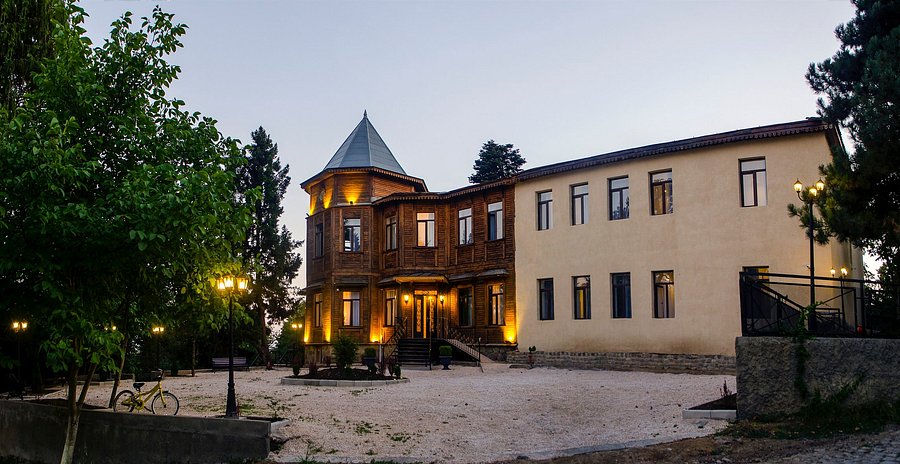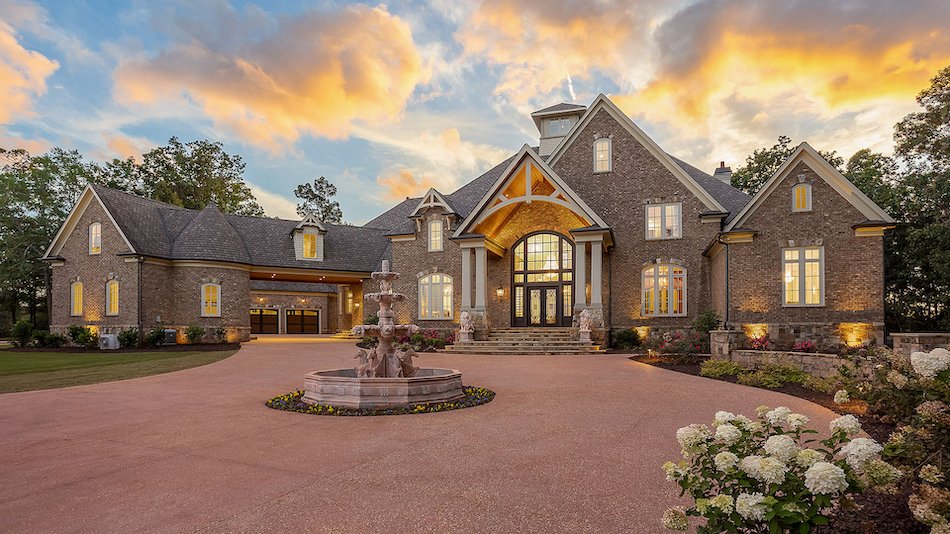
The Residence represents more than a collection of apartments or houses; it is a concept that unites architecture, community, and lifestyle into a singular experience. Across the globe, projects bearing this name strive to elevate living standards, blending high-quality materials and thoughtful design with services and amenities that anticipate resident needs. In this article we will examine what makes a residence exceptional: design language, spatial intelligence, amenities and services, community dynamics, investment value, and the increasing importance of sustainability and technological integration.
At its core, outstanding residential design begins with an understanding of human needs. Architects and planners prioritize natural light, optimized circulation, and flexible spaces that accommodate work, relaxation, and socializing. Proportions, sightlines, and material palettes are selected to create calm and cohesion. In contemporary residences, open-plan living areas merge kitchen and lounge spaces to foster togetherness, while private retreats such as bedrooms and study nooks offer privacy and solace. The integration of indoor and outdoor spaces—through terraces, balconies, gardens, or winter courtyards—extends living beyond walls and strengthens connections to nature.
Materiality plays a pivotal role in conveying quality and permanence. Natural stone, engineered hardwood, textured plaster, and high-performance glazing are chosen not only for their beauty but for durability and aging gracefully. Attention to detail—tight joints, concealed hardware, layered lighting, and custom joinery—signals craftsmanship and differentiates a premium residence from a standard development. Quality finishes also contribute directly to resident well-being by reducing maintenance demands and creating tactile environments that feel both luxurious and lived-in.
Beyond the individual dwelling, common areas define the shared experience of a residence. Lobbies, corridors, and amenity spaces are designed as extensions of private homes: welcoming, secure, and conveniently arranged. A thoughtfully designed lobby can function as an informal living room, a concierge desk creates immediacy of service, and landscaped courtyards provide urban refuge. Shared facilities—such as fitness centers, co-working lounges, children’s rooms, rooftop gardens, and multipurpose event spaces—encourage social interaction and support diverse lifestyles, transforming a building into a community.
Service is another layer that elevates the residential experience. Modern residences often incorporate hospitality-style offerings: 24/7 concierge, on-call maintenance, package handling, cleaning services, and vetted contractor networks. Some developments partner with local businesses to provide in-building services like café pop-ups, grocery delivery points, or wellness practitioners. These conveniences free residents’ time and cultivate a sense of care and attention that changes how people relate to their home environments.
Community dynamics are central to long-term satisfaction in any living environment. Thoughtful programming—such as seasonal events, resident committees, workshops, or fitness classes—can spark interactions that build social ties. Equally important is the diversity of spaces that accommodate various modes of sociality: intimate seating alcoves for quiet conversation, larger halls for gatherings, and solitary nooks for focused work. Mixed-use developments, which combine residential units with retail and cultural amenities, increase the vitality of a neighborhood and make daily life more walkable and convenient.

Location remains an immutable factor in the desirability of a residence. Proximity to transit, quality schools, healthcare, green spaces, and cultural venues shapes day-to-day life and long-term value. Yet, equally influential is the micro-location: a quiet tree-lined street, a sunlit southern aspect, or a view over a park can transform a property’s appeal. Developers and buyers weigh these considerations, balancing accessibility with serenity to find sites that promise both convenience and character.
From an investment perspective, residences that emphasize quality, longevity, and adaptability tend to retain value. High construction standards, timeless design, and flexible floor plans that can evolve with changing household needs are attractive to both owner-occupiers and long-term investors. Properties located in neighborhoods with strong planning controls, good infrastructure, and cultural amenities further enhance resilience against market fluctuations. Additionally, buildings that adopt green standards or certification may benefit from lower operational costs and appeal to an increasingly eco-aware buyer base.
Sustainability is no longer a niche feature but a mainstream expectation. Energy-efficient envelopes, high-performance glazing, insulation, and renewable energy systems reduce consumption and operating costs. Water-sensitive landscaping, greywater reuse, and low-flow fixtures conserve resources while creating healthier indoor environments. Biophilic design—incorporating natural patterns, materials, and vegetation—supports mental well-being and fosters a deeper connection between residents and their surroundings. In urban contexts, green roofs and vertical gardens mitigate heat island effects and improve biodiversity.
Technology has reshaped how residences function and how residents interact with their homes. Smart home systems enable climate, lighting, and security controls through intuitive interfaces; predictive maintenance and remote diagnostics enhance building operations; and integrated communication platforms link residents with building managers and neighbors. When implemented thoughtfully, technology amplifies convenience without intruding on privacy or aesthetic coherence. The best technological solutions prioritize reliability, user privacy, and seamless integration into the physical environment.
Designing for longevity means anticipating demographic shifts and evolving lifestyles. Multigenerational layouts, flexible partitions, and adaptable services allow a residence to meet new needs over time. Aging-in-place considerations—step-free access, well-appointed bathrooms, and clear circulation—ensure that units remain usable as populations age. Likewise, young professionals value connectivity and co-working facilities, while families prioritize safe outdoor play areas and proximity to schools. The most successful residences accommodate these varied requirements through versatile design.
Storytelling and identity are subtle but powerful forces in shaping how people relate to a residence. A clear design narrative—rooted in local culture, craftsmanship, or a distinct architectural language—creates meaning and reinforces a sense of place. This narrative can be expressed through curated art programs, material choices that reference local heritage, or public spaces that invite community engagement. When residents feel part of a story larger than their individual unit, they are more likely to invest emotionally in their surroundings.
In conclusion, a truly exceptional residence integrates architecture, service, community, and sustainability into a coherent whole. It attends to the immediate sensory pleasures of light, texture, and proportion while offering practical solutions for contemporary life: flexible spaces, green technologies, and curated shared amenities. The Residence is not merely a shelter but an orchestrated environment that supports daily routines, nurtures social ties, and anticipates future needs. As urban living continues to evolve, the projects that succeed will be those that marry timeless principles of good design with forward-thinking innovation—creating places where people can thrive for years to come.
